|
Bullskin Run, Jefferson County
Date of Construction: before 1800 Threat: Deterioration; Pests 2017 Update: No updates have been made available to PAWV in 2017. As of the last update provided to PAWV in 2016, Feagans’ Mill applied for a National Register of Historic Places designation in September/October 2016. The status of the nomination is currently pending. The owner of the mill, Daniel Lutz, is in the process of preparing for a timber felling project to clear the close-growing timber, which could threaten the mill in the event of a storm. His 2017 fundraising plans include sales of Feagans’ Mill flours, meals, etc, at local events; offering mill memorabilia (bolo ties, feed sacks, etc.); and creating a “Friends of the Feagans’ Mill at Wheatland Village” organization. 2014: The original mill at the site was built by the Haines family between 1757 and 1760 and was the first of eight mills built on the South Fork of Bullskin Run prior to 1800. That mill was burnt to the ground by Union forces during the Civil War. It was rebuilt between 1868 and 1870 by Isaac Feagans and operated by the Feagans family until 1937, when it burned again, only to be rebuilt and operated until 1943, when it ceased operation. From 1943-2010, little upkeep had been done of the mill and it fell into a state of disrepair with pests infiltrating much of the building. Acquired by the present owner in 2010, it is the last complete, intact, and operable grist mill in Jefferson County and can be found in a largely agricultural area surrounded by historical houses and farms, all of which predate 1880. The current owner is making strides to rehabilitate the property by removing most of the accumulated refuse from the inside and the overgrowth of brush from the exterior. The owner’s goal is a full restoration of the site with functioning historical mill, creamery, and ancillary businesses for a heritage tourism destination. There has been some difficulty in moving forward with the project, however, primarily related to zoning and engineering regulation concerns.
ROYAL Corporation was founded in 2006 as a mobile action sports ministry providing church services, bible studies and pastoral care for athletes, event attendees, and more. The ROYAL Family has been traveling nationwide since 2005 hosting events and sharing God's love with this generation through culturally relevant platforms. The organization’s goal is to make sure this young generation understands their value in God's eyes and to empower them to live as ROYALTY. The group has already begun the clean up process. If you have driven by the school, you will have noticed some building renovations, trimming of trees, and other activities. According to spokesperson Jindy Davis, “ROYAL is beyond excited to be coming to the area and will be bringing in action sports programs to communicate to this young generation their value in God's eyes.” More to come as progress continues. 2017 Update: After many years of unsuccessful attempts to raise interest and funds for the heavily vandalized, water-damaged building, the owners had been considering demolition. However, the school’s preservation now looks hopeful. Within the last six months, Camp Royal has purchased the former Glen Jean School. Currently, there is no progress to report. Camp Royal is a faith-based, non-profit organization whose mission is to provide the best action sports training available to the younger generation.
https://www.facebook.com/theROYALcamp/ 2014: The old Glen Jean School is the last remaining structure from the original development of Glen Jean by the McKell Family, who established the town as part of their mining operations in the region. It sits adjacent to the Boy Scouts of America Bechtel Summit and the National Park Service Headquarters for the New River Gorge National River. The school ceased operations in 1997, and beginning in 1999, it served as the business offices and visitors center of the Thurmond, Glen Jean & Great New River Railroad. After the sale of the railroad in 2006, the building was closed and used for storage. It has been vacant for eight years. Since 2009, a group of private investors have owned the property and enclosed it. However, in the summer of 2013 it was heavily vandalized, and it has been subject to damaging water infiltration. Currently, the group is mobilizing to take action by assessing the feasibility of a preservation re-use project for high-quality housing and hopes it will have a mixed use. Weirton, Hancock County
Construction Date: 1934 Threat: Deferred Maintenance; Demolition May 2019 Update: Control of the property has been turned back over to the Weirton Board of Parks and Recreation. The Marland Heights Community Association is still an active organization assisting the Parks Board, but it was unable to raise the necessary funds to restore the pool. 2017 Update: In January 2017, the Marland Heights Community Association (MHCA) started obtaining pool filtration equipment. They hosted a Golf Scramble event on June 25, 2017 at the Woodview Golf Course. The proceeds of the fund raiser will be used towards purchasing the remainder of the pool filtration equipment. 2014: The Margaret Mason Weir Memorial Pool is part of the Marland Heights Park complex. Constructed during the Weirton Steel Company’s boom years, the Art Deco swimming pool is unique to its designer, Wesley Bintz, known for his patented ovoid above-ground pool style. In 1983, the City of Weirton obtained ownership of the pool, and closed it in 2005, although the park remains open. Plans to demolish the pool were halted in 2012 by support from the community. This display of support led the City to allow the support group known as the Marland Heights Community Association, Inc. to take steps in order to save the pool. Currently, a feasibility study is being conducted to determine whether the swimming pool can be successful if reopened. If determined feasible, Weirton will allow the Association to save the pool. The Marland Heights Community Association, Inc. is fundraising to update the pool and reopen it so that it can continue to be enjoyed by community residents. Fayetteville, Fayette County
Construction Date: 1923 Threat: Deferred Maintenance April 2019 Update: Mold, asbestos and lead have been remediated from the building, and plans are to work with a developer and construct 13 apartments in the old Historic Fayetteville High School Building. The City of Fayetteville is looking for interested developers to help with this project. 2017 Update: The building remains closed and sealed since it had been treated in July 2016 for mold. It will remain sealed until the cleaning phase begins. The School Building Committee is currently working with a local developer for a joint restoration project. 2014: The old Fayetteville High School building is an impressive sandstone structure. It was constructed of locally quarried sandstone by a prominent local stonemason company, C.G. Janutolo and Company, also a member of the Fraternal Order of Masons. The school closed in 1999, and from 2004-2011, it was used for a storage space. During this period, there was no heating system, and it began to deteriorate rapidly. In December 2011, the Fayette County Board of Education deeded the old school to the Town of Fayetteville. The town government has since been devising an adaptive re-use plan to restore the building and turn it into a multi-tenant civic and arts center. The local government established the Town of Fayetteville Old High School Building Committee which applied for grant funds to preserve and convert the property. Wheeling, Ohio County
Construction Date: 1916 Threat: Neglect March 2019 Update: The building has been demolished. 2017 Update: No updates have been made available to PAWV in 2017. As of the last update provided to PAWV in 2016, the condition of the floors in the Kirk’s Building has worsened. At the time the owner originally purchased the building, the first floor had fallen into the basement, but the remaining floors seemed relatively stable. Currently, the floors are failing throughout the building. Additionally, the roof is failing and the subsequent water damage is immense. Wheeling National Heritage Area has been working with the owner to find a solution for the building. Multiple architecture and engineering firms have been consulted. Each firm has felt the high cost of rehabilitation would be money wasted. However, one firm believes it might be possible to preserve the building’s façade, thereby maintaining the block’s historic context. Wheeling National Heritage Area is currently seeking a buyer for the property who is interested in keeping the historic context of the block. 2014: The Kirk’s Building is an early Art Deco building located in the heart of downtown Wheeling. It is located on a gateway into the downtown district on Market Street and sits adjacent to the West Virginia’s Independence Hall. It is one of the few terra cotta buildings in Wheeling. Most recently, the building was home to Kirk’s Art Supply store. It was used in its entirety by this retailer from 1964 to 2008. For the past five years, the Kirk’s Building has been vacant and is suffering from deferred maintenance. Its ownership is in a transitional phase, as it was recently sold in a tax sale. There is a lot of support from Wheeling residents to preserve this property, and community supporters are working with the private owners to devise a plan to rehabilitate the building as a rentable commercial space. |
Endangered Properties ListIf you are interested in assisting with any of these preservation projects, contact the Preservation Alliance of West Virginia at [email protected].
Categories
All
Archives
March 2024
|
Get Involved |
Programs |
Contact UsPreservation Alliance of West Virginia
421 Davis Avenue, #4 | Elkins, WV 26241 Email: [email protected] Phone: 304-345-6005 |
Organizational Partners:
© COPYRIGHT 2022 - PRESERVATION ALLIANCE OF WEST VIRGINIA. ALL RIGHTS RESERVED.


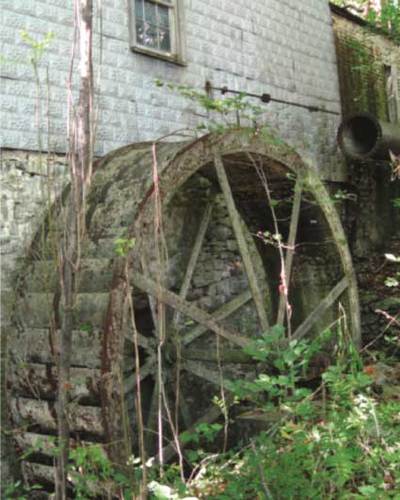
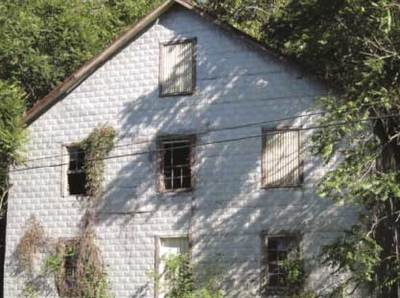
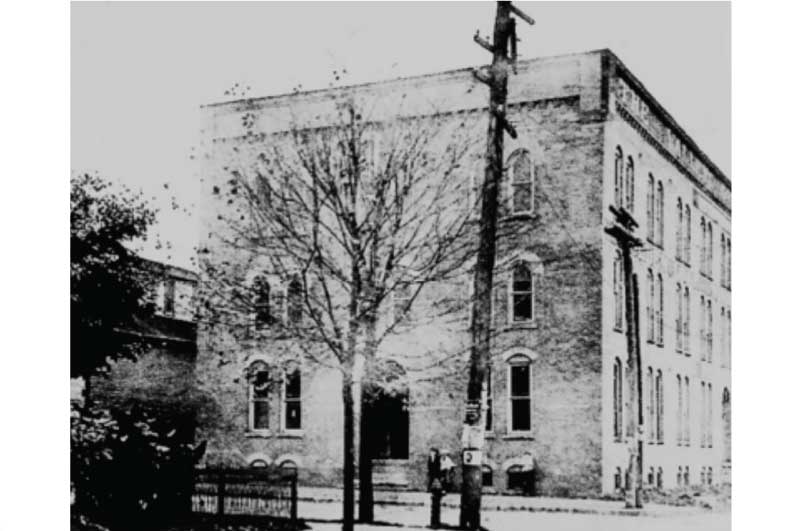



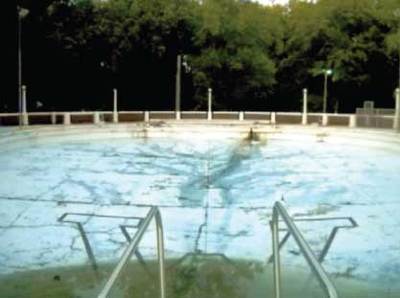





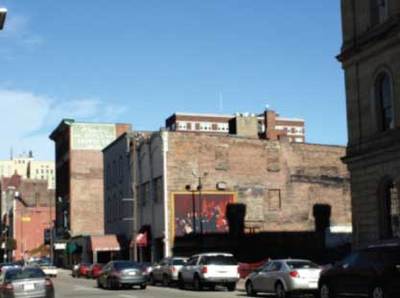

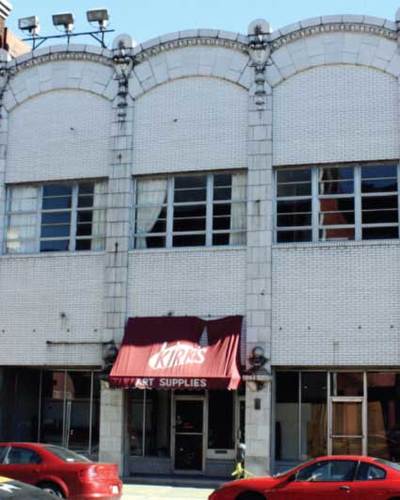
 RSS Feed
RSS Feed



